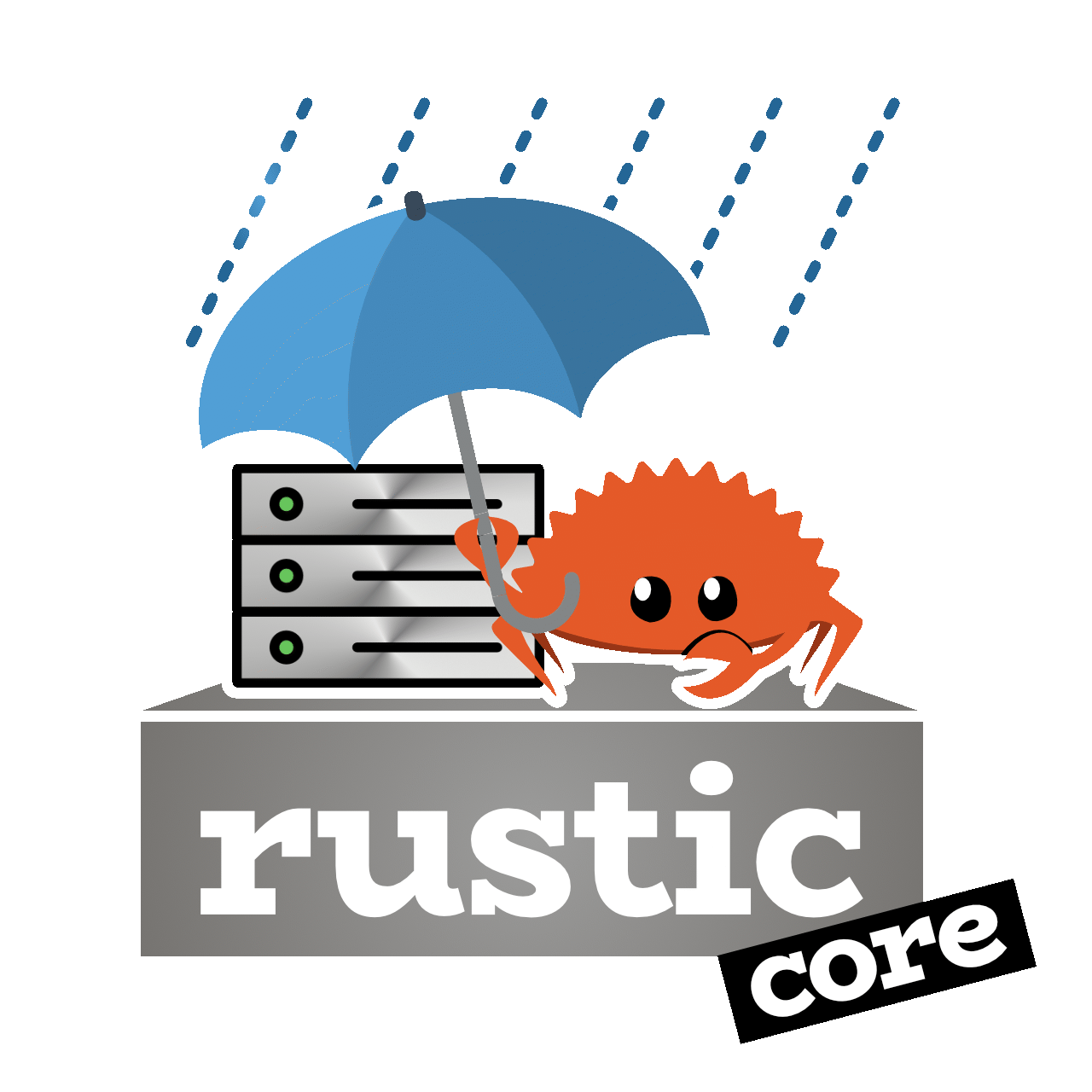Diary - Encrypted memories 
Diary is a TUI program written in Rust for GNU/Linux / *BSD / Android (It probably works on other platforms too, but who cares) that helps you write a digital journal from the comfort of a TUI. It ecrypts both text and file data, and can decrypt and build a rich HTML representation of your diary when required.
Install
cargo install diary
Usage
USAGE:
diary [FLAGS] [OPTIONS]
FLAGS:
-g, --generate-page Assert this flag if you want the diary to built into an html file stored at $TEMPDIR.
-h, --help Prints help information
-V, --version Prints version information
OPTIONS:
-d, --database <database> This is the location of the database file. [default: .database]
To make an entry
- Run the program and enter your password.
- On the first screen, enter the day's diary entry. The date and day will be added by Diary.
- Esc saves the entry and exits.
Ctrl+cexits the application without saving.Alt+ntakes you to the next screen for adding files. - To add files, simply type in the file's location. After each file, hit
Alt+n. If the file doesn't exist, you get an alert. - Esc to save and exit, and
Ctrl+cto exit without saving.
To view the diary in HTML
- Run the program with the
-g(--generate-page) flag. - Enter your password.
- "index.html" and other required files are now saved to
/tmp. Open this file with a browser.firefox /tmp/index.html
Important notes
- Every entry (text and file data) is encrypted with AES-128 encrytpion. It is therefore practically impossible to access your diary without the password. So do NOT forget it.
- Remember to clean up the decrypted files in /tmp if necessary.
rm -rf /tmp/* - Make sure you're writing to the right database. By default, diary writes to
./.database, but a custom database may be specified with the-dflag.
Features
- AES-128 encryption for text and file data.
- TUI interface without sacrificing functionality or usability
- Decrypts the whole database only when required (
-gflag), and into rich HTML5.



